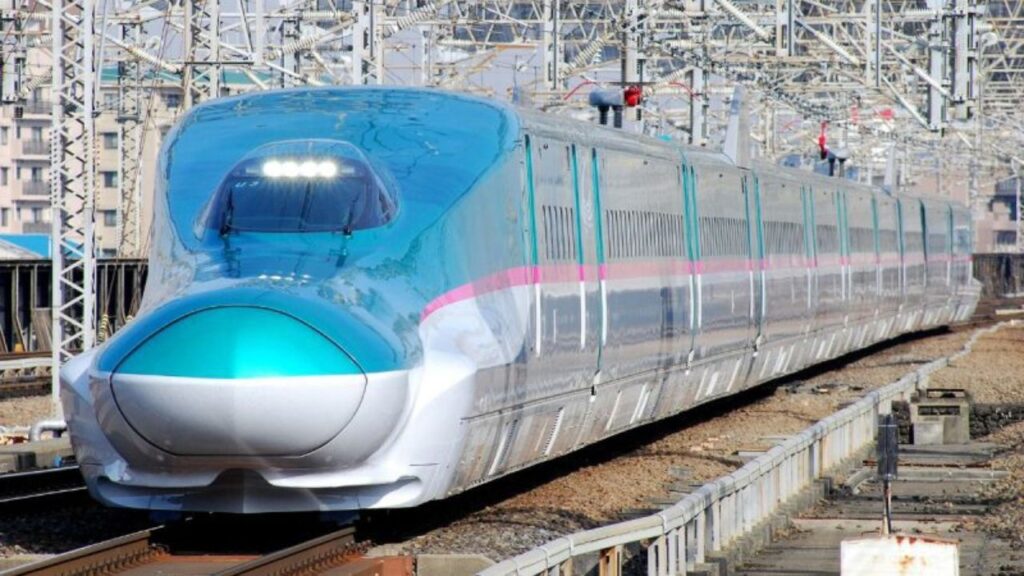
The Mumbai–Ahmedabad high-speed rail project, India’s first bullet train corridor, has moved closer to reality with Indian Railways announcing that station construction is progressing rapidly.
In an update shared on August 28 via X (formerly Twitter), the Railways said, “The Bullet Train stations on the Mumbai–Ahmedabad corridor in Gujarat are nearing completion. With modern design, cultural identity, seamless connectivity and eco-friendly features, the stations will redefine passenger comfort and set new benchmarks in travel.”
Corridor and Stations
The project will have 12 stations along its 508-km stretch. These include Mumbai (Bandra-Kurla Complex), Thane, Virar, and Boisar in Maharashtra, while the remaining eight—Vapi, Bilimora, Surat, Bharuch, Vadodara, Anand, Ahmedabad, and Sabarmati—fall in Gujarat. A short four-kilometre portion of the line will pass through the Union Territory of Dadra & Nagar Haveli.
Key Features of the Project
- Speed & Travel Time: The trains are designed to operate at a maximum speed of 320 kmph, covering the Mumbai–Ahmedabad journey in approximately 2 hours and 7 minutes.
- Track Technology: It will be India’s first rail system to use the Japanese J-slab ballastless track, based on Shinkansen technology.
- Engineering Challenges: The corridor involves construction of seven mountain tunnels (six in Maharashtra, one in Gujarat) and 24 river bridges, including the recently completed 17th bridge over the Vishwamitri River in Vadodara.
- Eco-Friendly Design: Stations are being built with a focus on sustainability and cultural integration.
Passenger Costs
While the official fare structure has not been declared, reports suggest that a full one-way trip between Mumbai and Ahmedabad could range between ₹3,000 and ₹5,000.
The project, covering 348 km in Gujarat and 156 km in Maharashtra, is being seen as a major step in transforming passenger rail travel in India, bringing Japanese bullet train technology to the country for the first time.






